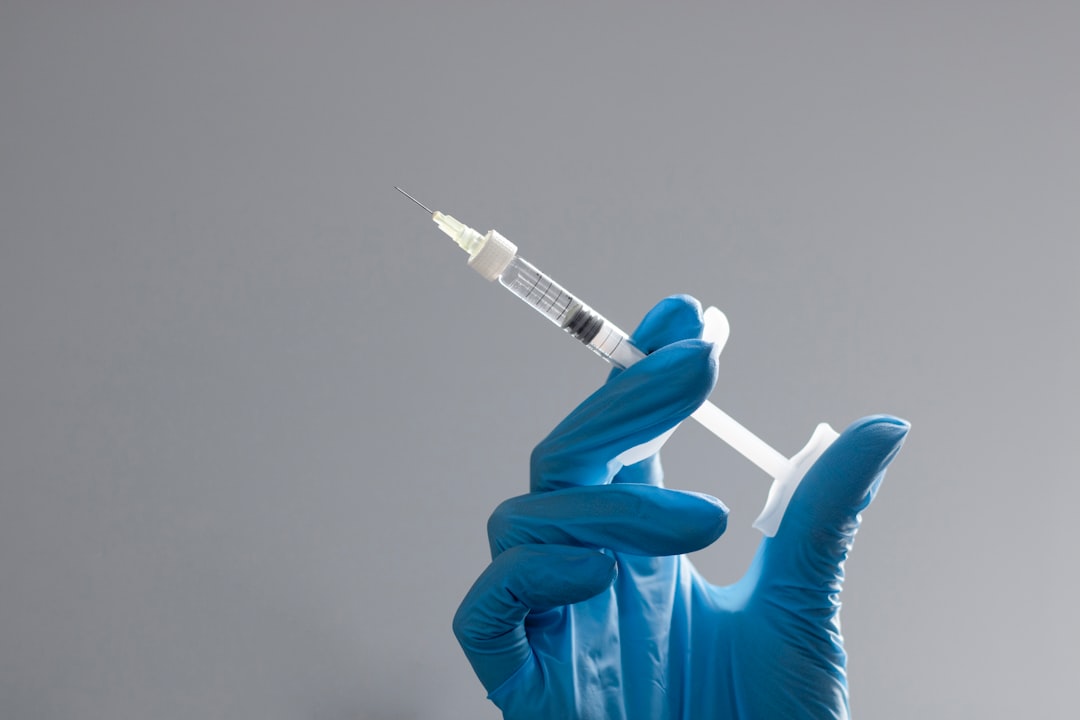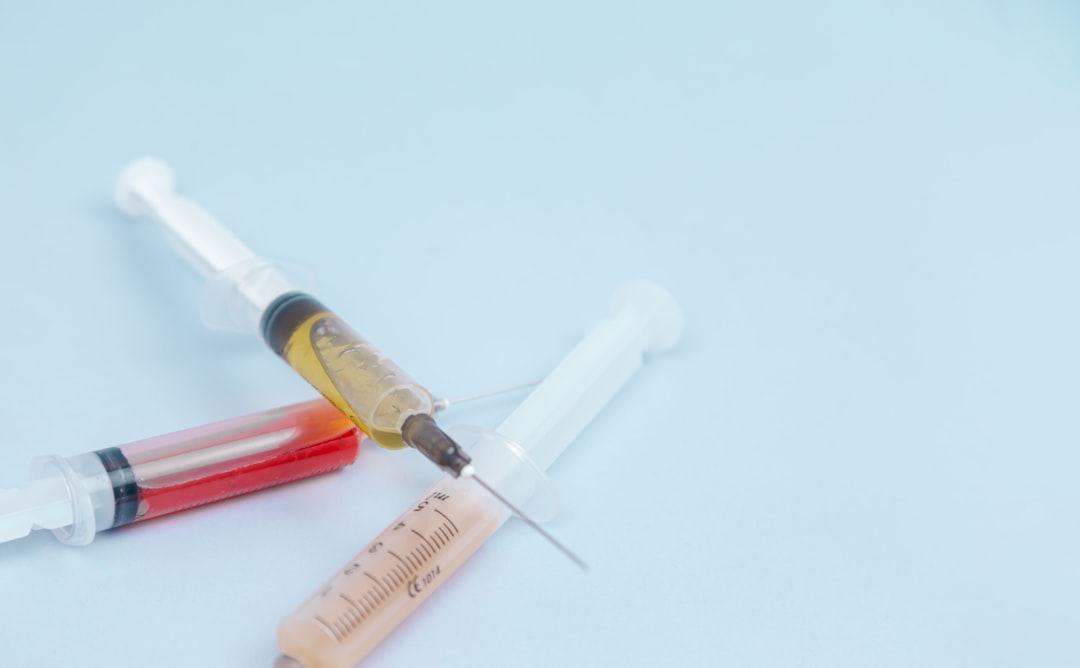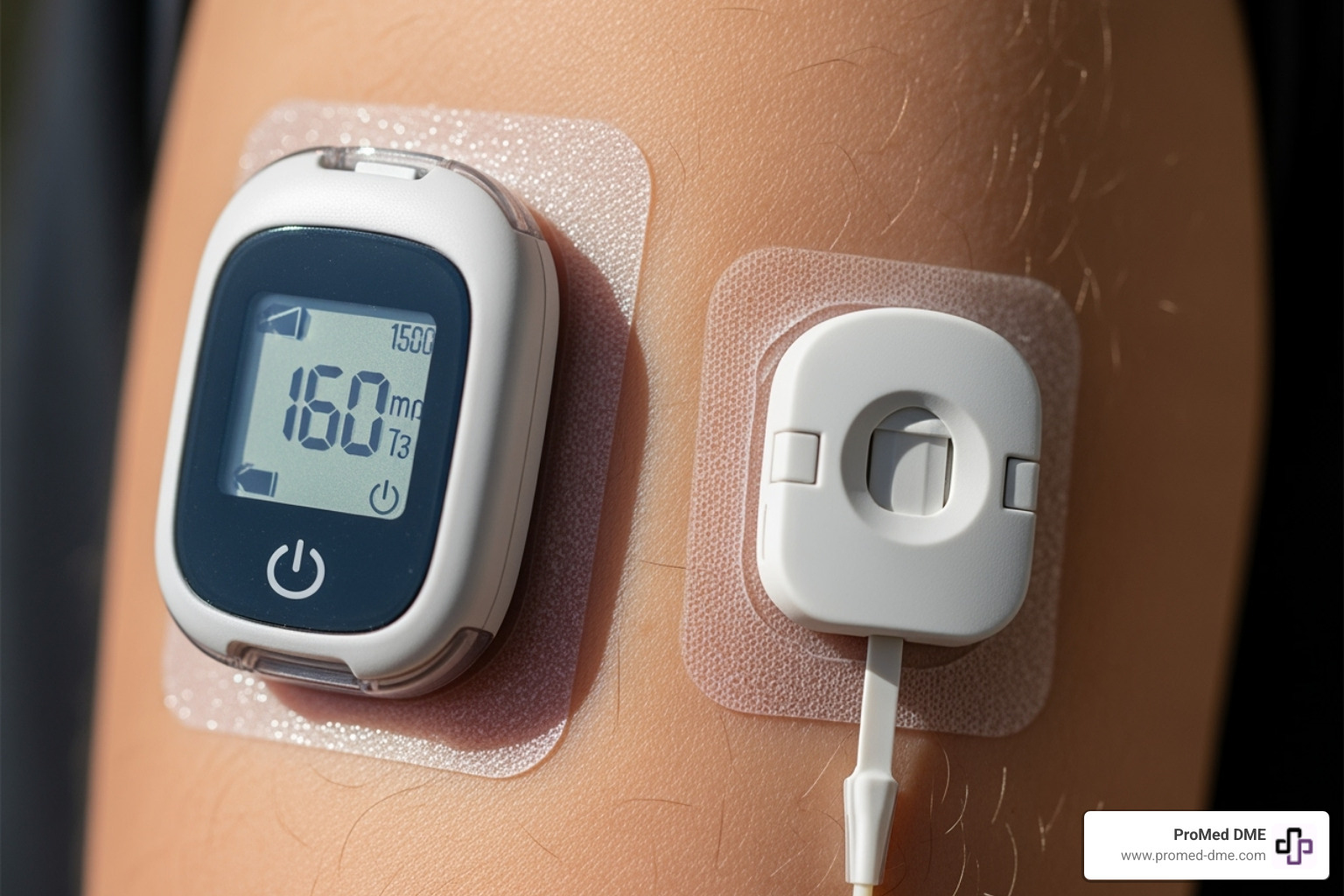Hyperglycemia vs. Hypoglycemia 101: Understanding Blood Sugar

Are you struggling with blood sugar fluctuations? You're certainly not alone. Millions of people worldwide grapple with blood sugar issues daily, notably those exemplary conditions of extremes—hyperglycemia and hypoglycemia.
At ProMed DME, we understand that comprehending the intricacies of these conditions is a critical first step towards managing them effectively. Our mission here is to make these complex medical terms and concepts more accessible and manageable. Hyperglycemia, commonly referred to as high blood sugar, occurs when the blood glucose level is abnormally high. On the flip side, hypoglycemia, or low blood sugar, happens when your blood glucose level descends below the normal.
Imagine driving on a road with extreme dips and elevations—unsettling, right? Hyperglycemia and hypoglycemia are those extremes in your blood sugar levels, which create highs that leave you fatigued and lows that leave you lightheaded. The need to maintain balanced blood sugar, quite like a smooth road drive, is crucial for optimal health.
Here's a bite-sized comparison to wet your feet:
- Hyperglycemia (high blood sugar): Occurs when your body has too little insulin or can't use insulin properly. Symptoms can include increased thirst, fatigue, frequent urination, and blurred vision. Long-term hyperglycemia can lead to potential complications like nerve damage and diabetic ketoacidosis.
- Hypoglycemia (low blood sugar): Happens when your body has too much insulin, which can be due to missing meals or taking more insulin than needed. Signs often include increased hunger, rapid heartbeat, shake, and confusion. Severe hypoglycemia can lead to seizures and loss of consciousness.
As you delve further into this article, we'll extend the road analogy, guiding you through every bend, bump, dip, and climb of this vital segment of human health. By the end of it, we hope you step off this "blood sugar road trip" with a better understanding of how to drive with more control and less discomfort.
Defining Hyperglycemia and Hypoglycemia
Understanding blood sugar levels can often feel like learning a new language. Let's decode two of the most frequently used terms: hyperglycemia and hypoglycemia.
What is Hyperglycemia?
Hyperglycemia, or high blood sugar, occurs when there's too much glucose in your bloodstream. This can happen when your body either has too little insulin or can't use insulin properly. Insulin is the hormone that helps shuttle glucose (sugar) from your bloodstream to your cells where it's used for energy.
Common symptoms of hyperglycemia include increased thirst, fatigue, headaches, blurred vision, and frequent urination. If left unchecked, it can lead to serious complications including damage to nerves, eyes, skin, and blood vessels, and even a potentially life-threatening condition called diabetic ketoacidosis (DKA).
What is Hypoglycemia?
On the other end of the spectrum, we have hypoglycemia, which means low blood sugar. Hypoglycemia occurs when there's too much insulin in relation to the amount of glucose in your bloodstream. This can happen if you miss a meal, exercise more than usual, or take too much glucose-lowering medication.
Hypoglycemia can cause symptoms like increased hunger, shakiness, rapid heartbeat, blurry vision, irritability, and confusion. Severe hypoglycemia requires immediate medical attention and can lead to seizures, loss of consciousness, and even impact cardiovascular health.
The Difference Between Hyperglycemia and Hypoglycemia
So, what's the difference between hyperglycemia and hypoglycemia? In simplest terms, hyperglycemia refers to high blood sugar, while hypoglycemia refers to low blood sugar. Their symptoms, causes, and potential health impacts are different, but both can create serious health risks, especially for people with diabetes.
At ProMed DME, we understand that managing your blood sugar levels can be challenging. That's why we offer a range of products and resources, like Continuous Glucose Monitoring (CGM), to help you stay in control and live a healthier life.
Symptoms of Hyperglycemia and Hypoglycemia
Understanding the symptoms of hyperglycemia and hypoglycemia is crucial for managing your blood sugar levels. Let's dive right into it.
Recognizing the Signs of Hyperglycemia
Hyperglycemia, or high blood sugar, is often what leads to a diabetes diagnosis. Symptoms may vary but often include:
- Frequent and excessive urination
- Extreme thirst
- Dry mouth
- Blurry vision
- Weakness
- Shortness of breath
- Nausea
If you notice these signs, it might be time for a check-up. At ProMed DME, we provide tools like the Continuous Glucose Monitoring (CGM) system to help you monitor your blood sugar levels closely.
Recognizing the Signs of Hypoglycemia
Hypoglycemia, or low blood sugar, on the other hand, may result in symptoms such as:
- Irritability
- Trouble concentrating
- Fatigue
- Hunger
- Sweating
- Shaking
- Fast heartbeat
In more severe cases, confusion, seizures, and loss of consciousness may occur. Recognizing these signs early can prevent a minor issue from becoming a major health concern. At ProMed DME we have a nurse hotline that you can speak with a Registered Nurse and have all of your questions answered.
Comparing Symptoms of Hyperglycemia and Hypoglycemia
While both conditions can cause confusion and headaches, the other symptoms often differ. Hyperglycemia typically results in symptoms associated with dehydration like excessive thirst and urination, while hypoglycemia often causes symptoms linked to a lack of energy, such as fatigue and hunger.
It's important not to ignore these symptoms. Regular monitoring of your blood sugar levels and early intervention can prevent serious complications. At ProMed DME, we're here to help with devices like the CGM that make managing hyperglycemia and hypoglycemia easier.
In the next section, we'll dive into the causes and risk factors of both conditions, which can help you understand why these symptoms occur and how to prevent them.
Causes and Risk Factors of Hyperglycemia and Hypoglycemia
Understanding the causes and risk factors for hyperglycemia and hypoglycemia is crucial for effective management of these conditions.
Causes of Hyperglycemia
Hyperglycemia, or high blood sugar, occurs when there's an excess of glucose in your bloodstream. This could be due to your body not having enough insulin or not using insulin properly. In other words, if your pancreas doesn't produce enough insulin or your cells resist the effects of insulin, glucose may build up in your bloodstream, leading to hyperglycemia.
Several factors may contribute to this condition, such as problems with insulin absorption, consuming a large amount of carbohydrates without sufficient insulin, physical inactivity, stress, illness, or infection. Other triggers may include the 'dawn phenomenon' where a surge of hormones in the early morning hours can elevate blood glucose levels or if insulin or medications are not taken as prescribed.
Causes of Hypoglycemia
On the other hand, hypoglycemia, or low blood sugar, happens when there's too much insulin relative to the amount of glucose in your bloodstream. This could be triggered by skipping a meal, eating later than planned, increased or unplanned physical activity, drinking alcohol on an empty stomach, or taking too much insulin for the amount of carbohydrates consumed. Errors in insulin dosing can also lead to hypoglycemia.
Risk Factors for Developing Hyperglycemia and Hypoglycemia
Certain factors may increase your chances of experiencing hyperglycemia or hypoglycemia. For hyperglycemia, risk factors include obesity, sedentary lifestyle, and a family history of diabetes. If you have diabetes, not taking your medication as instructed, poor eating habits, or infections can also lead to high blood sugar.
As for hypoglycemia, if you have diabetes and take insulin or other glucose-lowering medications, you're at risk. Changes in eating schedule or increased physical activity without appropriate adjustments in insulin dosage can also trigger hypoglycemia.
At ProMed DME, we understand the challenges of managing blood sugar levels. That's why we offer innovative products like the Dexcom G6 and Freestyle Libre 2, which provide real-time glucose readings, alerts, and trends to make it easier for you to manage hyperglycemia and hypoglycemia.
Next up, we'll discuss treatment and management strategies for these conditions. Stick around to learn how you can take control of your blood sugar levels and enjoy a healthier lifestyle!
Treatment and Management of Hyperglycemia and Hypoglycemia
Having a plan to manage fluctuations in blood sugar levels is crucial. Let's explore some strategies for treating and managing both hyperglycemia and hypoglycemia.
How to Treat Hyperglycemia
If your blood sugar levels are too high, don't panic. Here are some steps you can take:
- Take your insulin: If you are on insulin, you may need to take a correction dose. Always consult with your healthcare team before adjusting your osage.
- Stay hydrated: Drink more water to help your kidneys flush out the excess sugar through urine.
- Get moving: Light exercise like walking can help lower your blood sugar levels. However, if your glucose level is above 240 mg/dL, check for ketones in your urine. If they are present, avoid exercise as it could raise your glucose levels even higher.
- Stick to your medication regimen: If your blood sugar levels remain high, it might be time to consult with your healthcare team about your current medication regimen.
How to Treat Hypoglycemia
If your blood sugar levels drop too low, here's what you can do:
- Use the 15-15 Rule: Have 15 grams of carbohydrates to raise your blood sugar and check it after 15 minutes. If it's still below 70 mg/dL, repeat the process until your blood sugar is back in normal range.
- Keep emergency glucagon on hand: In severe cases, glucagon can tell the body to release stored sugar into the bloodstream. This treatment can be injected or inhaled and is available by prescription.
Long-Term Management Strategies for Hyperglycemia and Hypoglycemia
Managing hyperglycemia and hypoglycemia involves more than just handling the immediate symptoms. Here are a few strategies for long-term management:
- Monitor Your Blood Sugar Regularly: Regular monitoring can help you understand how food, activity, and stress affect your blood sugar levels. We offer Continuous Glucose Monitoring (CGM) devices that provide real-time glucose readings, making it easier to manage your blood sugar levels.
- Maintain a Healthy Lifestyle: Regular exercise, a balanced diet, and adequate rest can do wonders for your blood sugar levels.
- Stay Informed: Keep learning about diabetes and how to manage it. The more you know, the better you can control your glucose levels.
Everyone's body reacts differently, so it's important to find the right treatment and management strategies that work best for you. Partner with your healthcare team to develop a personalized plan. At ProMed DME, we're hereto assist you in managing your health, offering you the best in medical supplies and support.
The Role of Continuous Glucose Monitoring (CGM) in Managing Blood Sugar Levels
Managing blood sugar levels is a crucial part of living with diabetes, and that's where Continuous Glucose Monitoring (CGM) technology comes into play.
Understanding CGM and Its Benefits
A CGM is a device that provides real-time glucose readings, allowing you to monitor your blood sugar levels continuously throughout the day and night. It offers alerts and trends, enabling you to make informed decisions about your diabetes treatment.
What makes CGM exceptional is its ability to offer personalized alerts for high and low glucose levels. This feature is crucial for those dealing with hyperglycemia and hypoglycemia, as it helps you take immediate action, thereby preventing potential health complications.
At ProMedDME, we offer top-notch CGM products like the Dexcom G6 and G7, andFreestyle Libre 2, which are known for their reliability, accuracy, and ease ofuse.
How CGM Helps in Managing Hyperglycemia and Hypoglycemia
Monitoring your blood sugar levels is essential in managing both hyperglycemia and hypoglycemia. This is because the timely detection of blood sugar fluctuations can prevent severe health complications.
With CGM, you can track your blood glucose levels in real-time, allowing you to take corrective action when your levels rise too high (hyperglycemia) or drop too low (hypoglycemia).
For instance, if you're dealing with hyperglycemia, your CGM will alert you, prompting you to take a correction dose of insulin or engage in physical activity to lower your glucose levels. Similarly, if you're experiencing hypoglycemia, your CGM will notify you to consume a source of fast-acting sugar.
In addition, CGM technology can provide valuable insights into how various factors, such as food, exercise, and stress, affect your blood sugar levels. This understanding can lead to more effective diabetes management, further helping to control hyperglycemia and hypoglycemia.
In a nutshell, CGM is a powerful tool that can significantly enhance your ability to manage your blood sugar levels. At ProMed DME, we're committed to offering quality CGM devices to help you in your journey towards better diabetes management.
Conclusion: The Importance of Regular Blood Sugar Monitoring and Management
Understanding hyperglycemia and hypoglycemia is crucial in managing diabetes effectively. We've explored these conditions, their symptoms, causes, and treatment methods. The goal is to maintain a balanced blood sugar level, avoiding both high (hyperglycemia) and low (hypoglycemia) extremes.
Continuous Glucose Monitoring (CGM) technology plays a significant role in achieving this balance. CGM provides real-time glucose readings, alerts, and trends, empowering you to make informed decisions about your diabetes treatment.
At ProMed DME, we understand the challenges associated with managing diabetes. That's why we offer innovative CGM products like the DexcomG6, Dexcom7, Freestyle Libre 2, and FreestyleLibre3 which are designed to help you monitor your blood sugar levels continuously, without the inconvenience of frequent finger pricks.
Managing your blood sugar levels is not just about avoiding discomfort or immediate health risks. Regular monitoring and management can prevent long-term complications such as damage to your eyes, heart, kidneys, and other organs due to prolonged hyperglycemia. It's all about living a healthier, more comfortable life.
Our team at ProMed DME is here to support you every step of the way. We handle the paperwork, verify insurance, and ensure you're supplied with your CGM device and sensors every month. Plus, our registered nurse can guide you on how to use your supplies safely.
Living with diabetes may be challenging, but with the right tools and support, it's entirely manageable. Regular blood sugar monitoring and management, coupled with a balanced lifestyle, can help you lead a normal, healthy life. You're not alone in this journey, and we're here to help.
For more information about our products and services, contact us or visit our resources page.
You don't have to do this alone. Let's manage diabetes together, one step at a time.
Related Resources & Articles
Stay informed with our informative blog posts.
Discover the ProMed Advantage
& Try Our Products
We offer free shipping and legendary customer service to ensure you receive the
best DME products for your needs.



